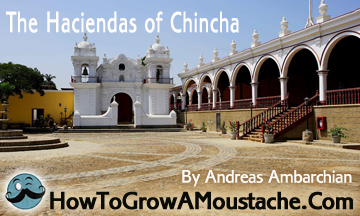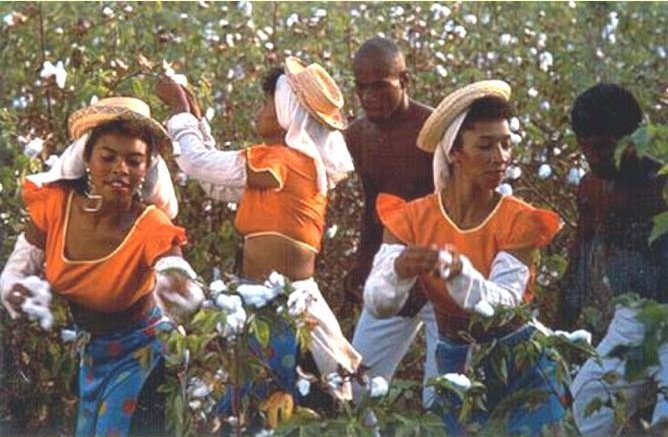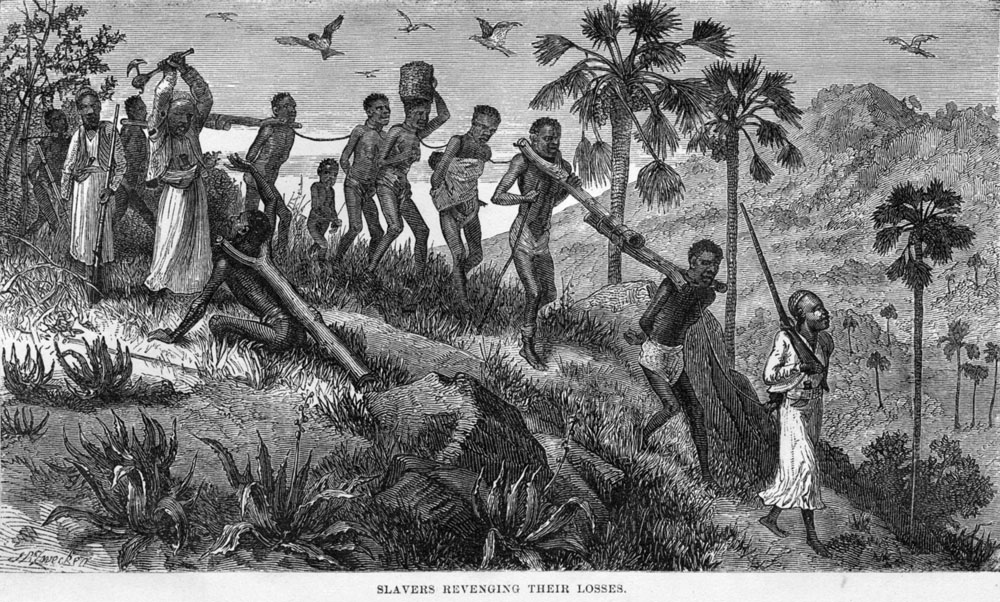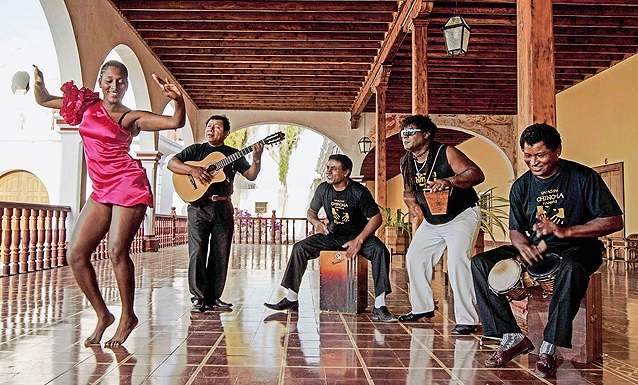The transatlantic slave trade in Peru was as cruel as it was anywhere. Pitiless owners, appalling living conditions and malicious torture are all themes concurrent with the disgraceful period of the country’s history. The haciendas of Chincha, on the south coast of Peru, are vestiges of this time and, although today some now function as guesthouses, the establishments remain open about the past.
Chincha, some 120 miles south of the capital Lima in the Ica region of Peru, receives an average rainfall of just one inch per year. Even during the coldest months, mean temperatures rarely fall below 20 degrees Celsius. Conditions in the arid city are hardly conducive to physical labour, yet the area is one of the provinces most strongly linked with Peru’s part in the transatlantic slave trade.
The country entered this particular era of human trafficking during the 1520’s, an initiative prompted by the arriving conquistadors. Led by Francisco Pizarro, the Spanish invaders began by importing 363 slaves from Africa to Peru. Here, on the west coast of South America, slaves were put to work in various, menial roles. Some were assigned construction jobs, others worked as servants. In Chincha, the imported labourers toiled away on haciendas, manning the fields in one of the driest climates on earth.
The haciendas originated from land grants, of which conquistadors were the main benefactors. The endless supply of inexpensive workers siphoned from across the Atlantic Ocean made it possible for the large estates to thrive self sufficiently despite the hellacious working conditions. Small, private households would own hundreds of slaves, treating their workforce with neglect and contempt. Slaves were often worked to death and the slightest transgressions were punished with wanton cruelty.
By the time slavery was abolished in Peru in 1856 by President Ramon Castilla, many slaves had already either bought their freedom or been released by their owners. Similar circumstances led to the closure of haciendas across Latin America, however, in Peru, the system ploughed on.
Although free, emancipated slaves found themselves destitute. Desperate for work and money, many were hired by erstwhile owners. It was not until the agrarian reform of 1969, a process during which agricultural land was redistributed among native people, that the haciendas of Chincha finally fell.
Many of the once elegant estates now lay in ruins, contributing to the dilapidated appearance of the landscape in rural parts of the city, however, a few have been restored and launched as hotels. One of the finest examples of these establishments in Chincha is the Casa Hacienda San Jose.
 A former sugar cane plantation, the refined aesthetics of the guesthouse belie its brutal origins, however, the hotel does not avoid the issue. Candlelit tours of the dingy catacombs below the lodging elucidate its shady past. The claustrophobic passageways were used to transport slaves between plantations, while malefactors were punished in the incorporated underground dungeons.
A former sugar cane plantation, the refined aesthetics of the guesthouse belie its brutal origins, however, the hotel does not avoid the issue. Candlelit tours of the dingy catacombs below the lodging elucidate its shady past. The claustrophobic passageways were used to transport slaves between plantations, while malefactors were punished in the incorporated underground dungeons.
As well as recording history, San Jose celebrates Afro Peruvian culture; local artists regularly perform traditional dance and music at the hotel. Other redeveloped haciendas in the area include the faithfully restored Carmelo Hotel & Hacienda and the Hacienda Tacama Bodega, which now operates as a vineyard.
In all, 95,000 slaves were imported to Peru during the country’s participation in the transatlantic trade, the final group arrived in 1850. Today, the large majority of the 2 million black inhabitants of Peru are descended from these exiled thousands.
Without attempting to excuse the original existence of the plantations, the haciendas of Chincha help to bring to light this significant, if rather overlooked, period of Peruvian history, while also, undeniably, standing as fine examples of colonial architecture.
Andreas Ambarchian is a freelance journalist from England. He writes about a variety of subjects including travel, wildlife and sport. This article was written on behalf of Aracari Travel, specializing in providing luxury tours all over Peru.








